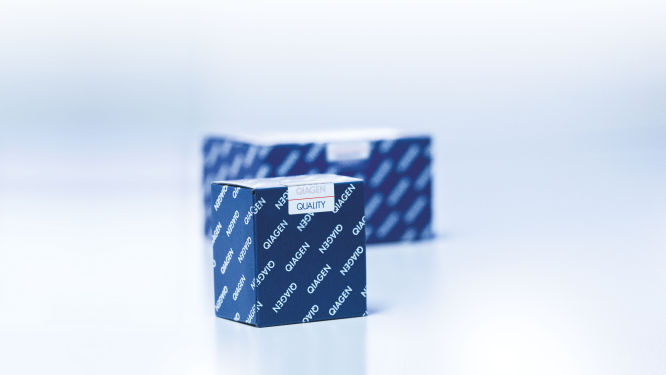✓ 24/7 automatic processing of online orders
✓ Knowledgeable and professional Product & Technical Support
✓ Fast and reliable (re)-ordering
Cat. No. / ID: TTDT-1-20-OUS
✓ 24/7 automatic processing of online orders
✓ Knowledgeable and professional Product & Technical Support
✓ Fast and reliable (re)-ordering
Features
- Presence of semen does not interfere with test performance
- Speculum examination and external reader not required
- Results in 5 minutes (1)
Product Details
The PartoSure Test is a rapid, non-instrumented, qualitative immunochromatographic test for the in vitro detection of placental alpha microglobulin-1 (PAMG-1) in vaginal secretions of pregnant women. The device is designed as an aid to rapidly assess the risk of preterm delivery in ≤7 or ≤14 days from the time of cervicovaginal sample collection in pregnant women with signs and symptoms of early preterm labor, intact amniotic membranes and minimal cervical dilatation (≤ 3 cm), sampled between 20 weeks, 0 days and 36 weeks, 6 days gestation. Want to try this solution for the first time? Request a quote for a trial kit.
Performance
Clinical evaluation alone is limited in its ability to predict imminent delivery. Studies show 85% of patients admitted for threated PTL do not deliver within 7 days. Thus, the accurate risk assessment of imminent preterm delivery in patients with suspected PTL remains an important clinical concern for institutions of all types. This is particularly true with respect to both the administration of corticosteroids, which have an optimal benefit within 7 days of administration, as well as the transfer of patients to a tertiary care center capable of caring for the birth of a premature infant (4).
Placental alpha-microglobulin-1 (PAMG-1), a protein released from decidual cells into the amniotic cavity throughout pregnancy, was first described by Petrunin et al. in 1975 (5,6). Its presence in cervicovaginal discharge when labor and delivery are imminent is likely due to the transudation of the protein through pre-existing pores in the chorioamniotic membranes during uterine contractions and, potentially, degradation of the extracellular matrix of fetal membranes due to an inflammatory process of labor or infection (7).
Principle
Procedure
- Collect sample of vaginal discharge with sterile collection swab (no speculum required).
- Rinse specimen swab in solvent vial. Discard swab.
- Insert amniotic fluid test strip into vial and remove if 2 lines are visible, or at 5 minutes sharp.
- Results are observed and recorded.

